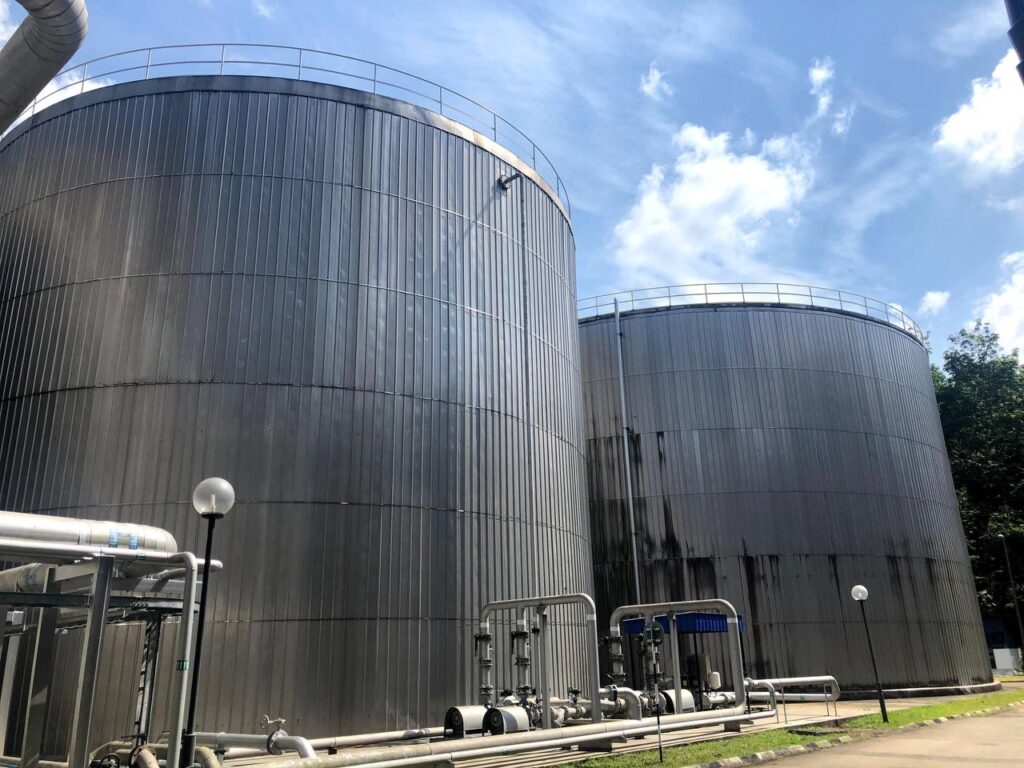How District Cooling Can Support the Growth of Smart Cities
In the pursuit of sustainable urban development, the concept of smart cities has emerged as a beacon of innovation. Smart cities use data-driven solutions and technology to increase productivity, raise standard of living, and lessen their negative effects on the environment. District cooling is one of the essential elements of smart cities; it is an environmentally friendly method of cooling urban areas with great potential for promoting the cities’ goals of sustainability and progress.
District cooling is a centralized cooling system that provides chilled water through a network of pipes to multiple buildings within a designated area. District cooling centralizes the cooling process, as compared to standard air conditioning systems, which rely on separate cooling units in each building. This leads to increased efficiency and lower energy usage. With its focus on minimizing environmental impact and optimizing resource utilization, this strategy effortlessly fits into the goals of smart cities.
One of the primary ways in which district cooling supports the growth of smart cities is through energy efficiency. District cooling systems can make use of economies of scale and more efficient technologies like heat recovery and thermal storage by grouping the production of cooling into a single location. When compared to traditional cooling techniques, this results in reduced energy usage and greenhouse gas emissions. The advantages of district cooling in terms of energy efficiency are invaluable in lowering the total carbon footprint in a smart city setting, where sustainability is a major focus.

Picture : Thermal Energy Storage (TES) Tank that commonly use in district cooling plant.
Moreover, district cooling promotes resilience and reliability in urban infrastructure. By centralizing cooling production, these systems are inherently more robust against disruptions caused by equipment failures or extreme weather events. Individual air conditioning equipment in buildings, on the other hand, are prone to failures that can cause discomfort for occupants and possibly reduce corporate productivity. District cooling is a desirable option because resilient infrastructure is becoming more and more necessary for the sustainable development of smart cities in the face of issues associated to climate change.
District cooling also fits perfectly with the circular economy and resource conservation concepts, which are fundamental to the development of smart cities. District cooling systems can reduce their dependency on fossil fuels and recover energy that would otherwise be squandered by integrating waste heat recovery with renewable energy sources. This promotes a more sustainable urban ecology by lowering the impact on the environment and assisting in the efficient use of resources.
In addition to environmental and economic benefits, district cooling enhances the liveability of smart cities by improving air quality and reducing noise pollution. District cooling systems can use cutting-edge filtration technologies to eliminate air pollutants and provide cleaner, healthier urban environments by centralizing the cooling production process. Additionally, the noise produced by conventional air conditioning systems is decreased when individual cooling units are removed, giving the user a calmer and more serene environment.
The implementation of district cooling in smart cities is not without challenges, including initial investment costs and the need for extensive infrastructure development. However, the long-term benefits in terms of energy savings, environmental sustainability, and improved quality of life far outweigh these challenges. District cooling appears to be essential to accomplishing the lofty objectives of smarter and more sustainable cities around the globe.
District cooling offers a compelling solution for supporting the growth of smart cities by enhancing energy efficiency, promoting resilience, conserving resources, and improving overall liveability. The implementation of district cooling is a critical step in creating resilient and sustainable cities for the future, as urban populations continue to grow and climate change presents ever-more difficult challenges. Urban design approaches can foster a more sustainable and affluent future for future generations by incorporating district cooling.
Megajana also has been one of the forerunners in implementing district cooling for smart cities since the day one of Cyberjaya establishment. Contact us here to know more!